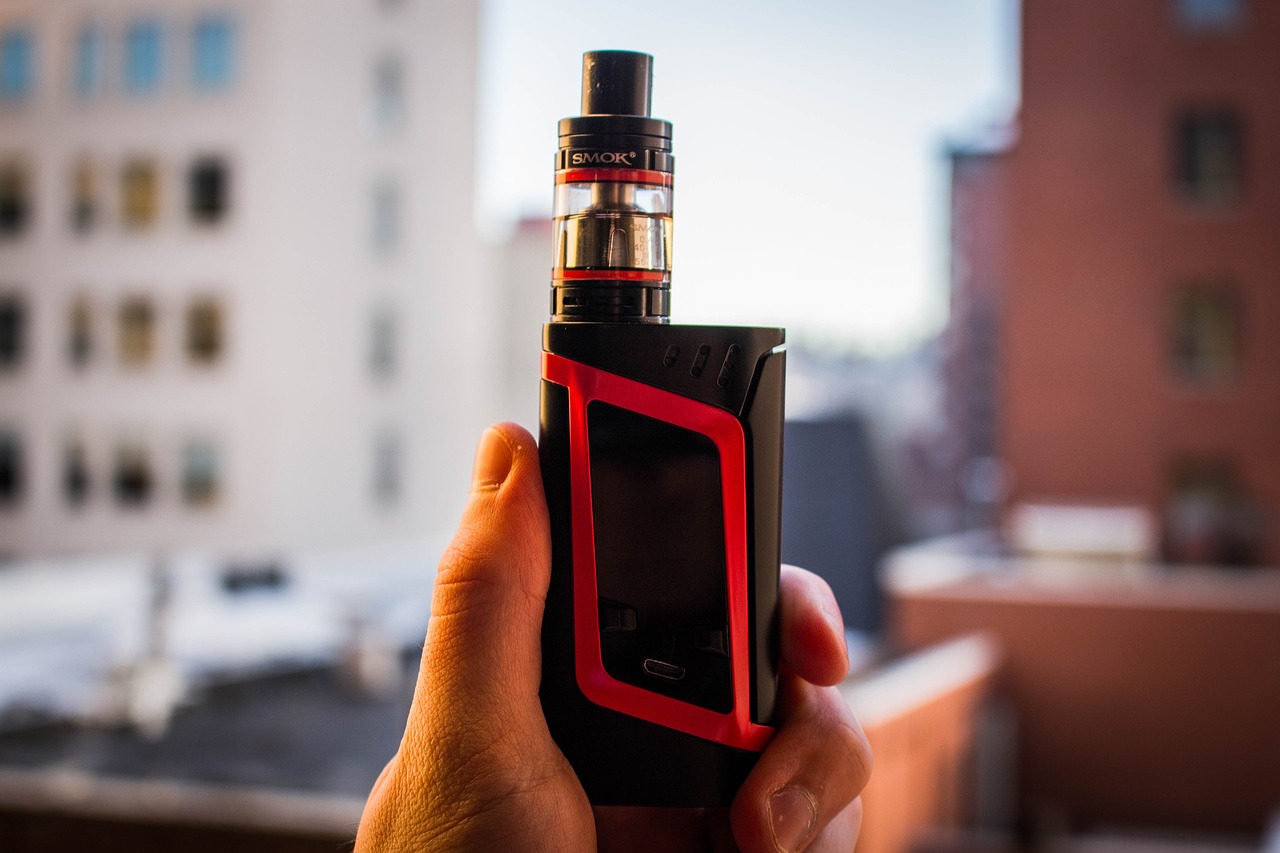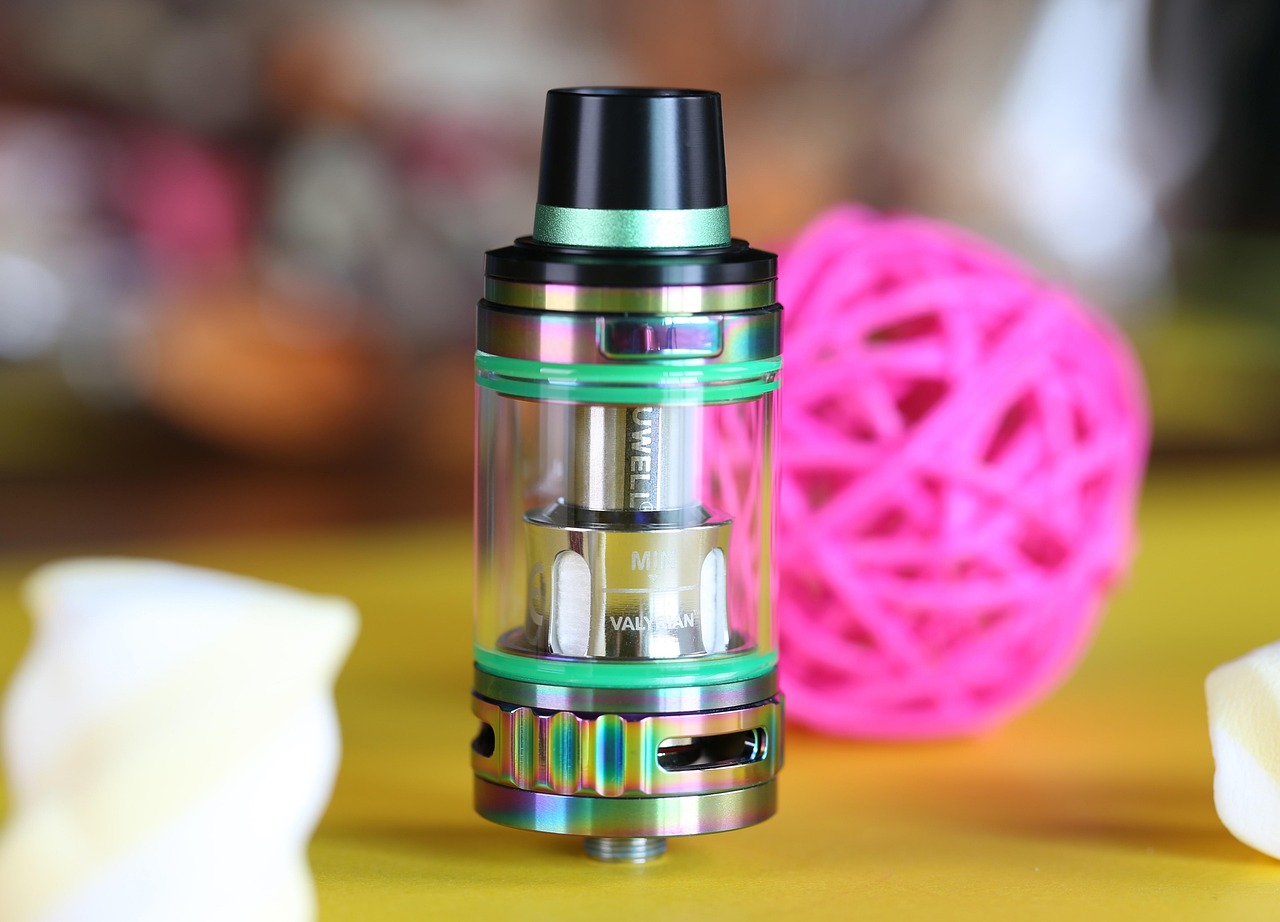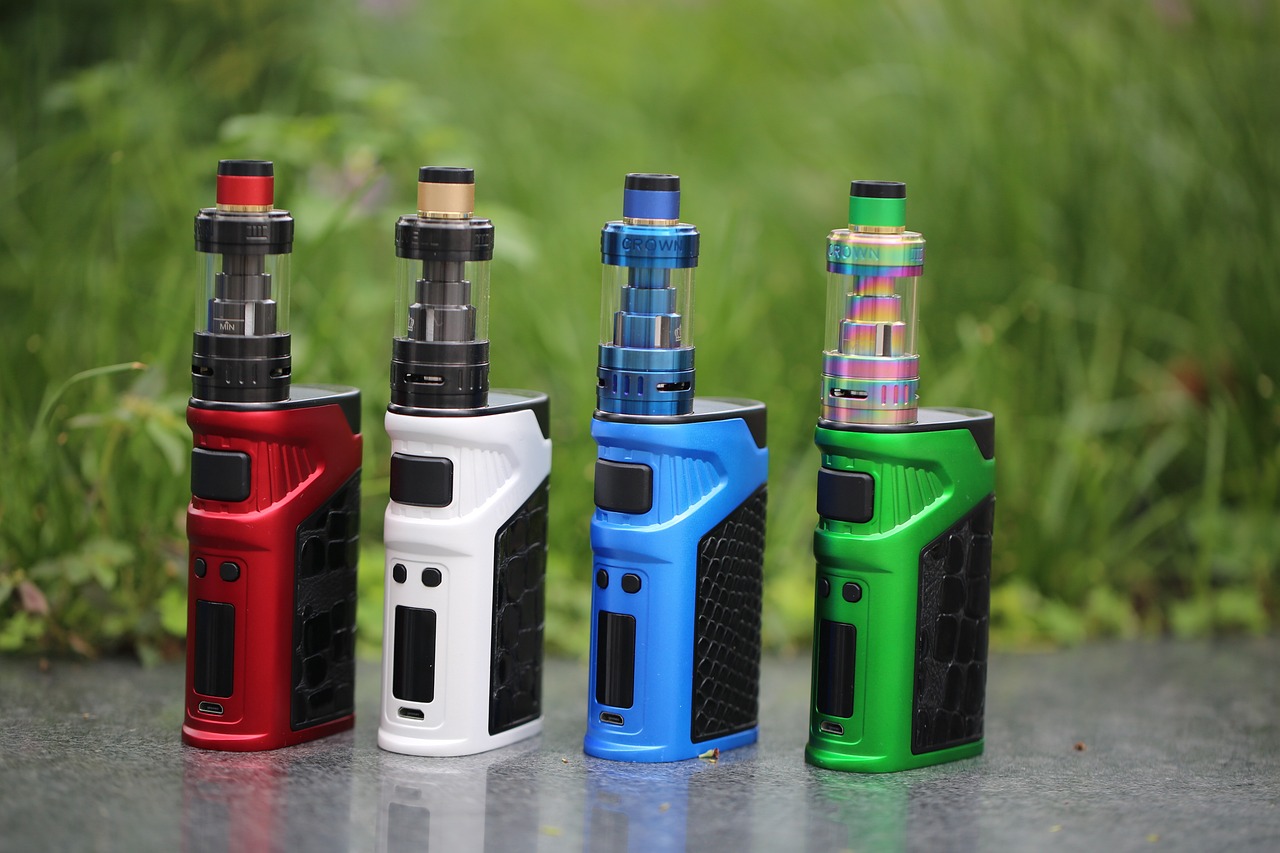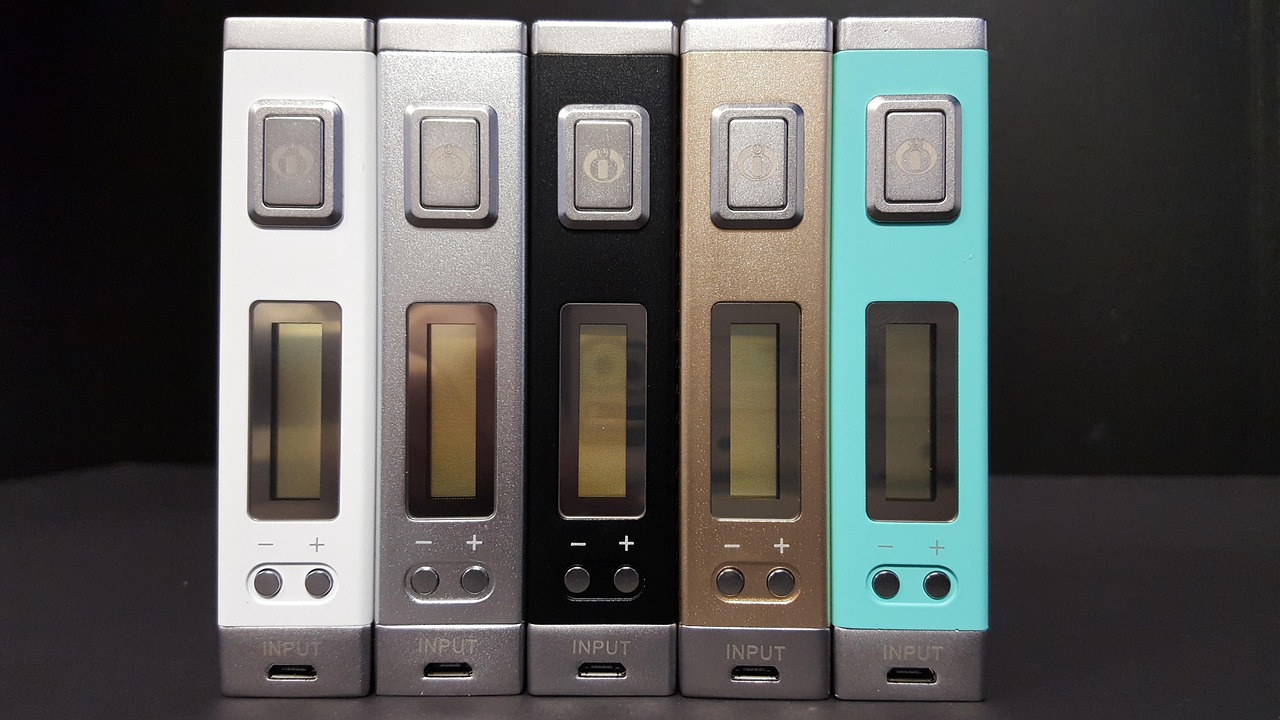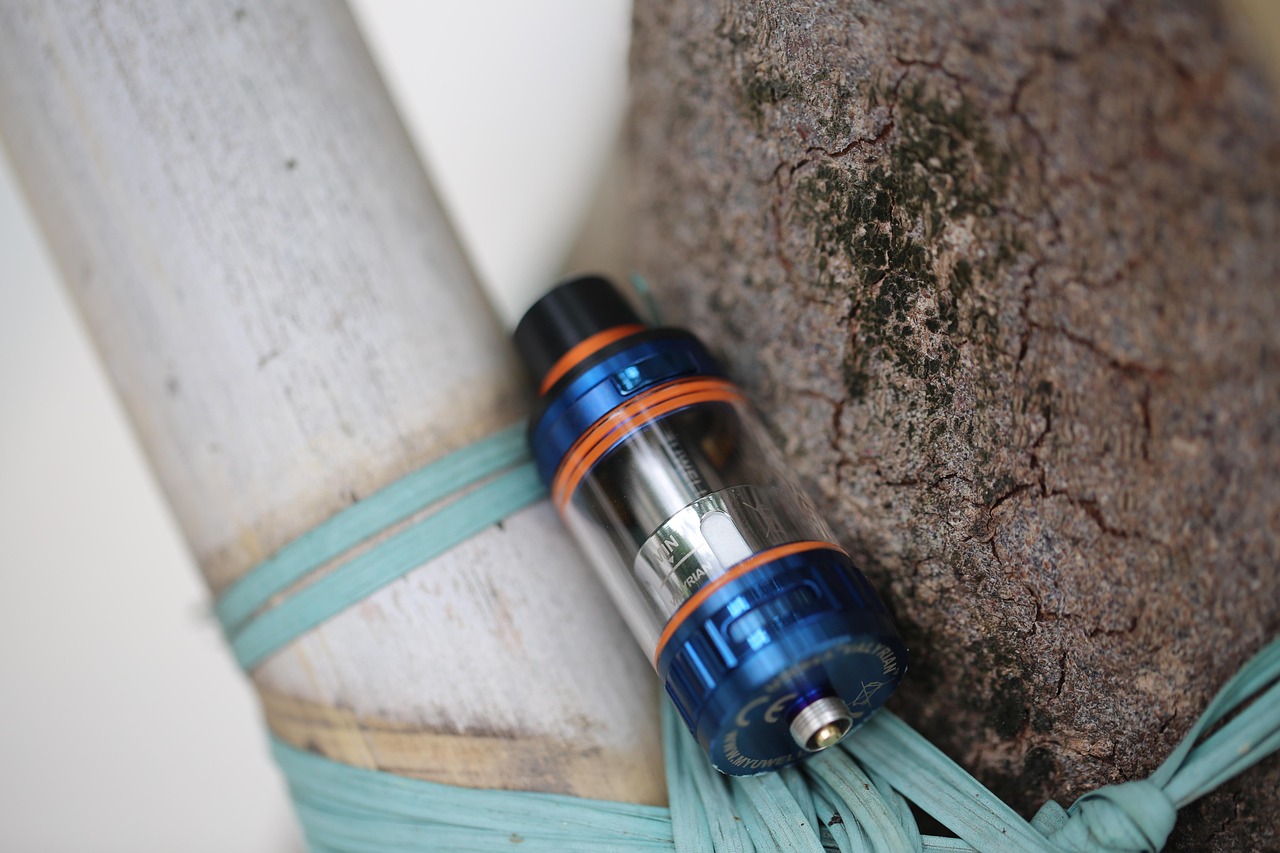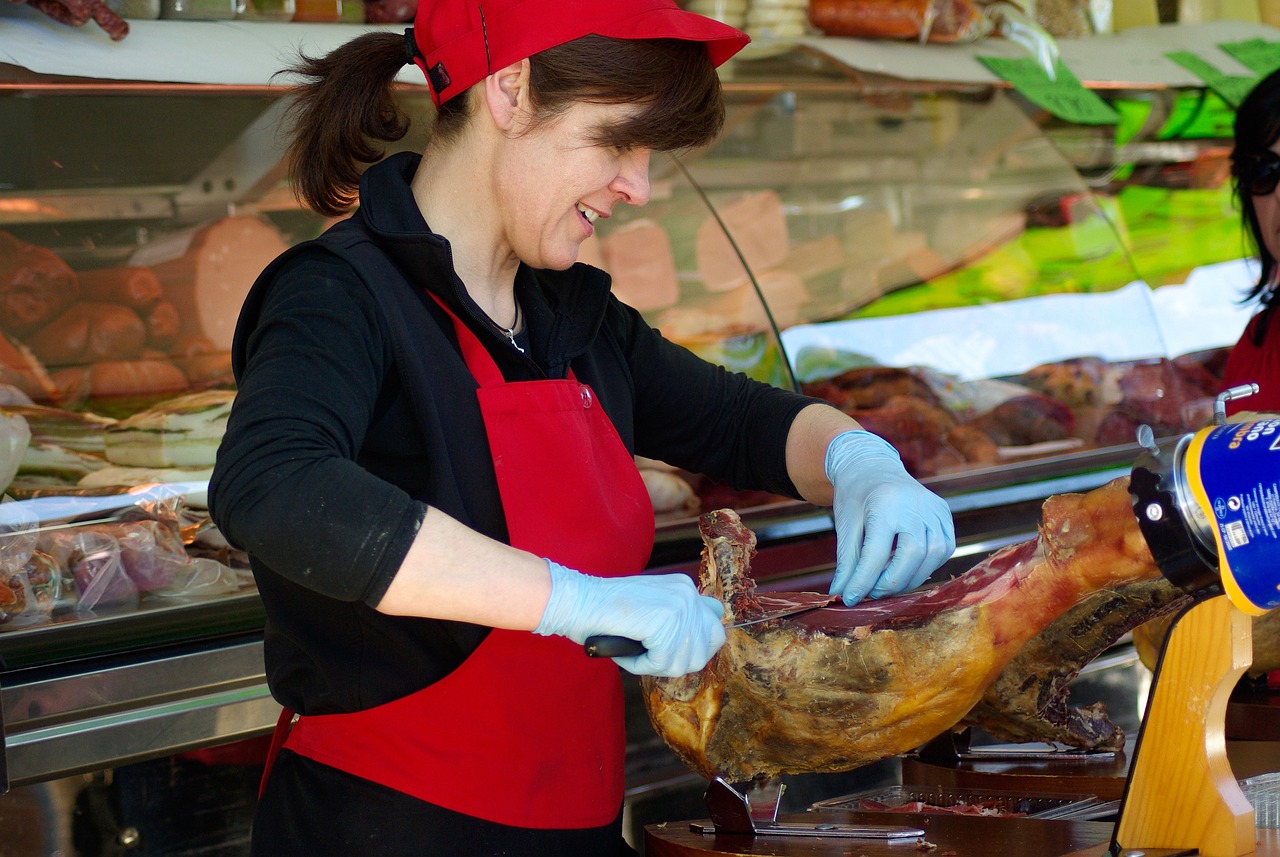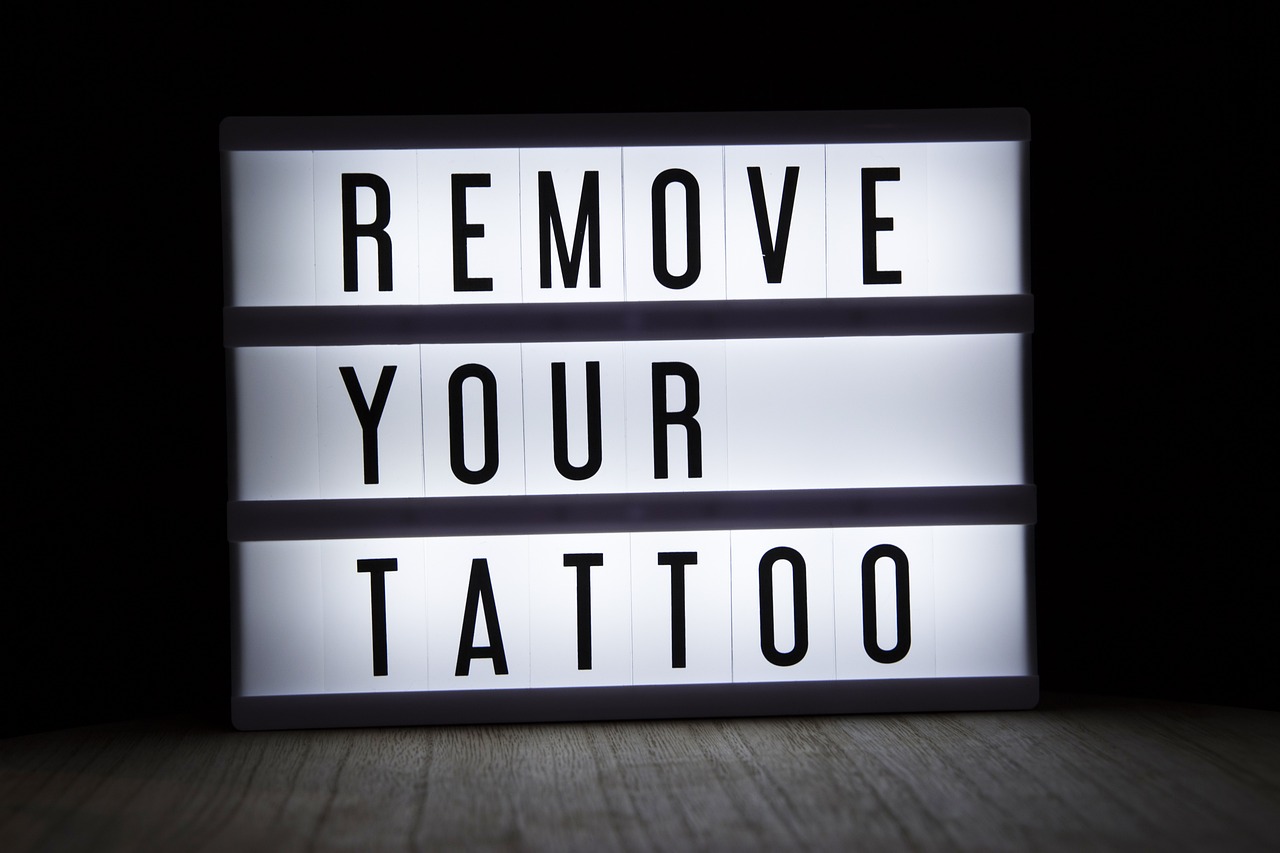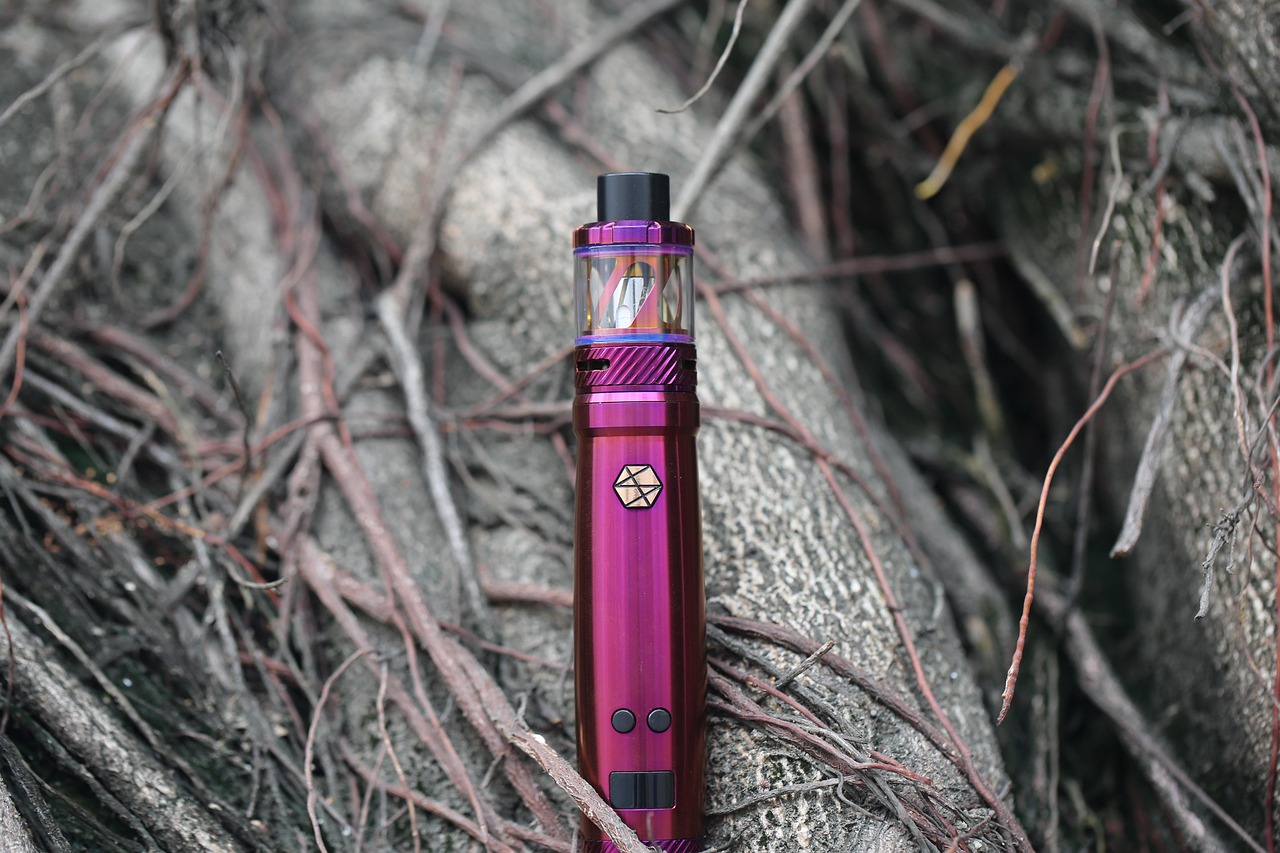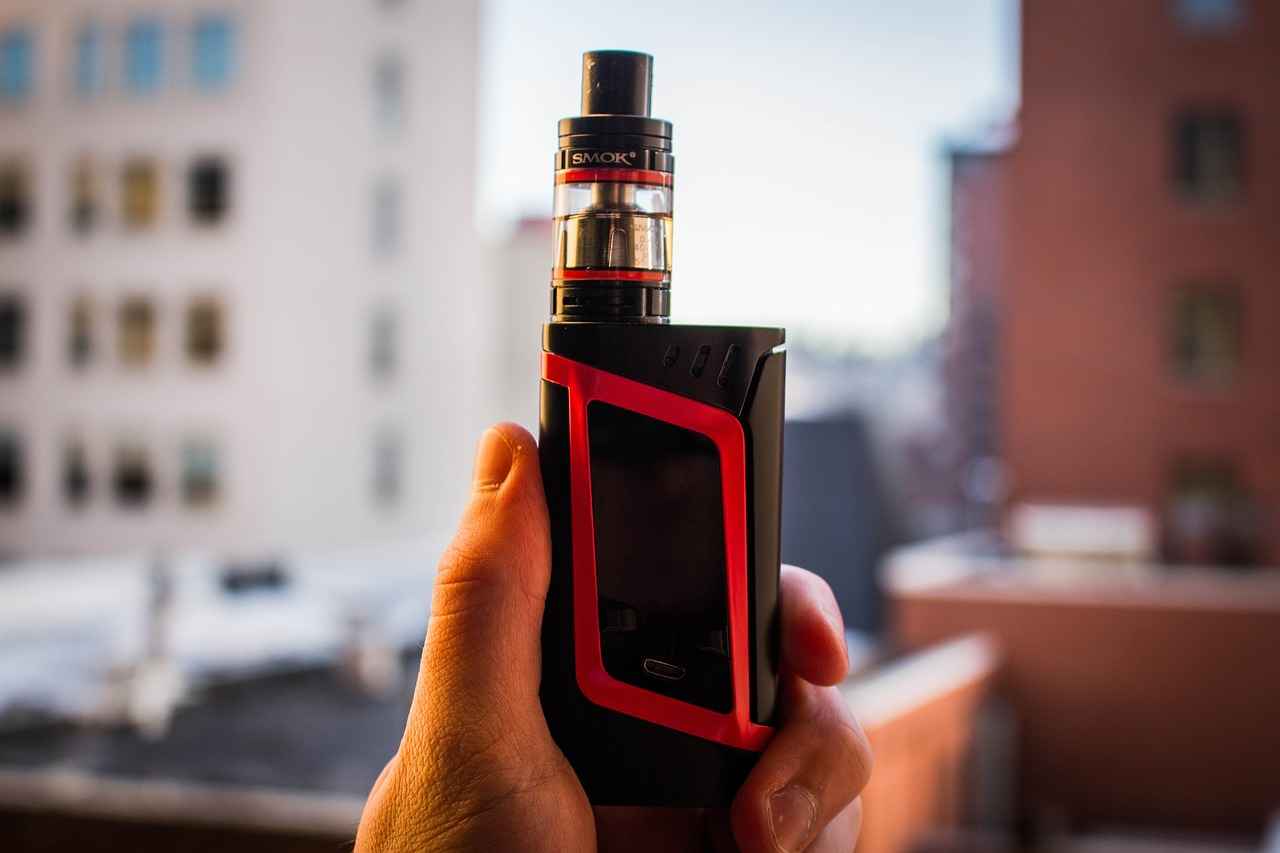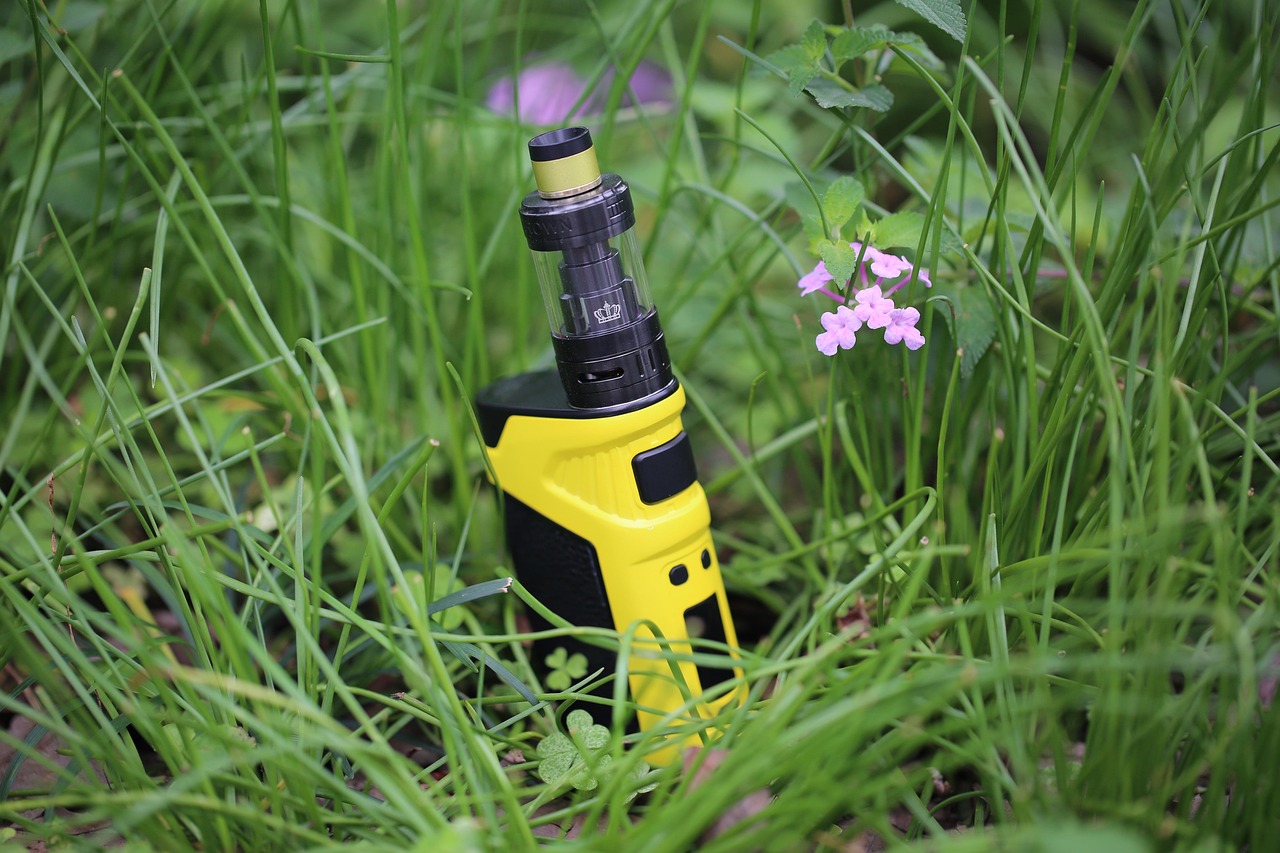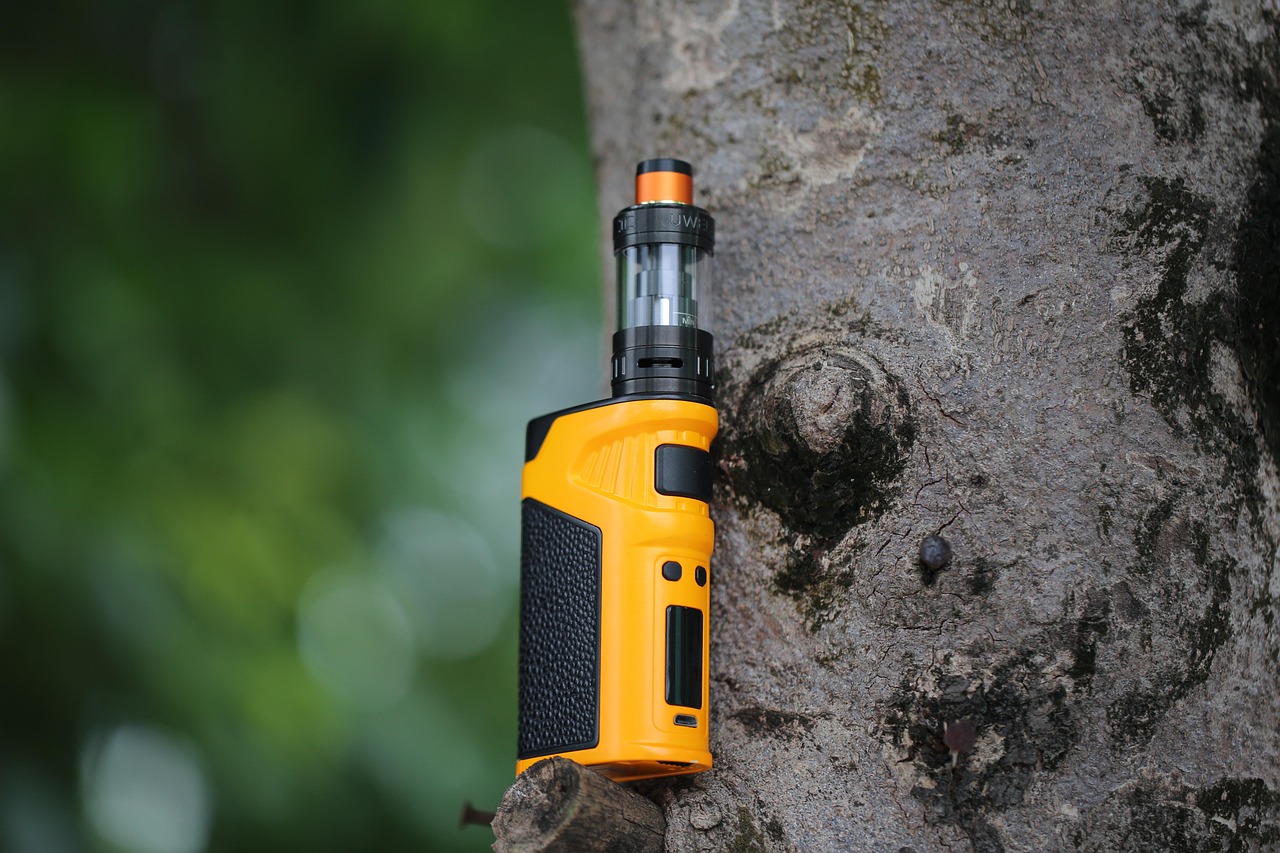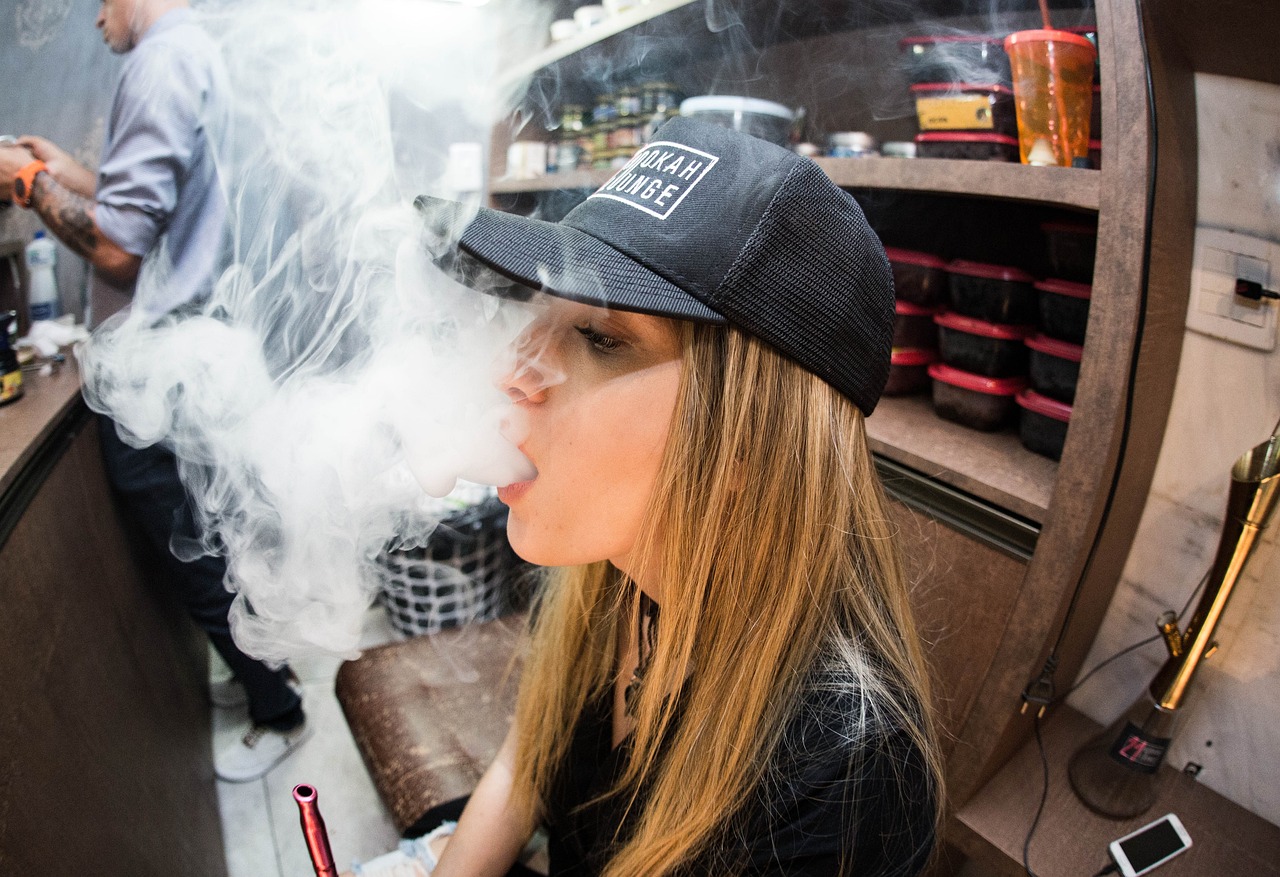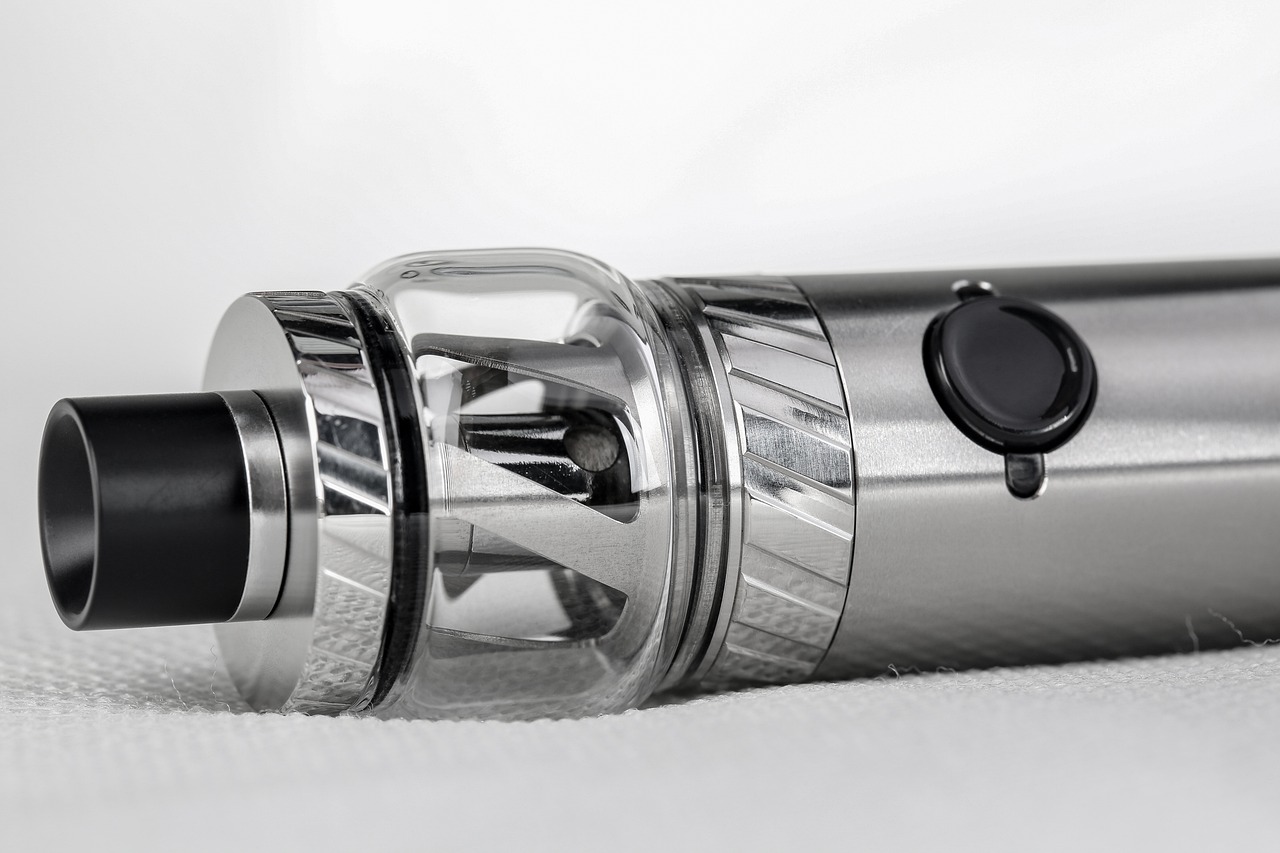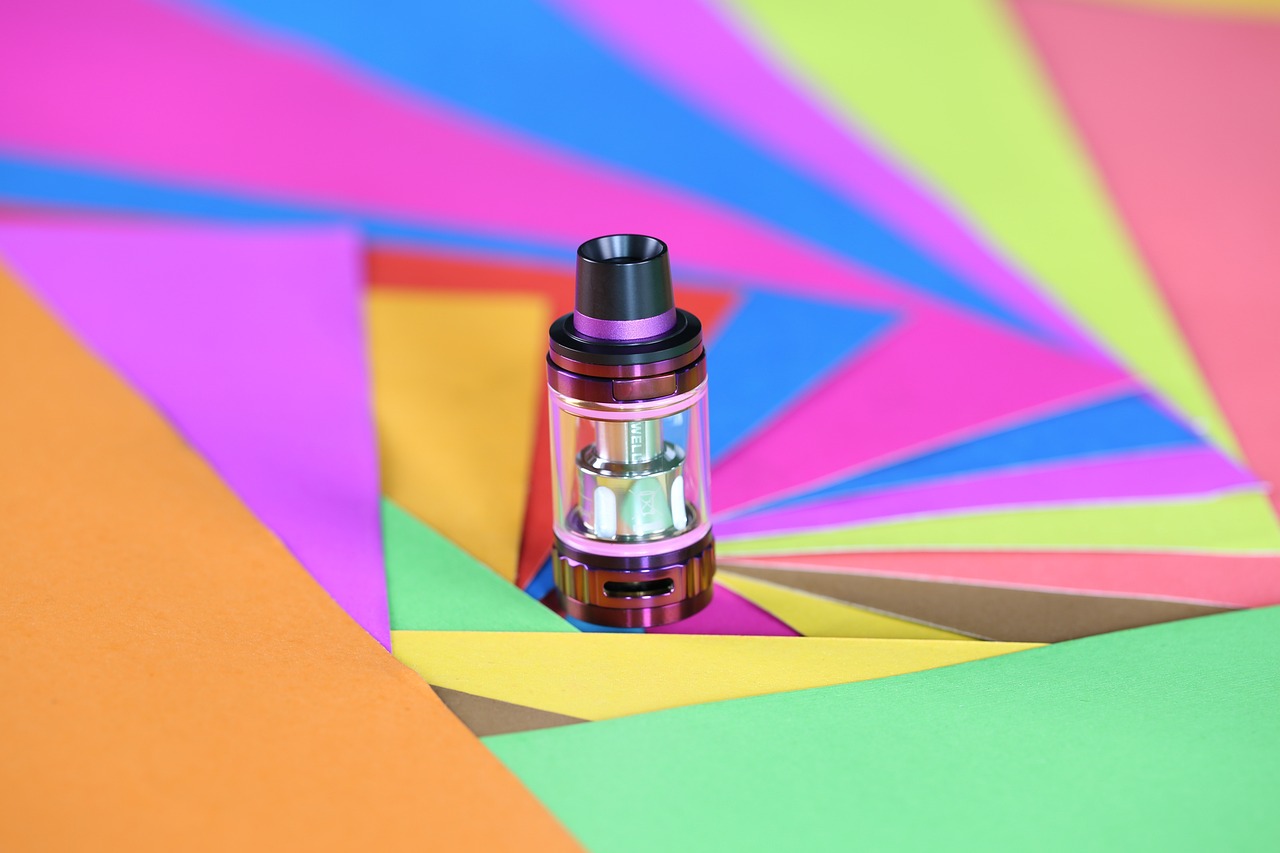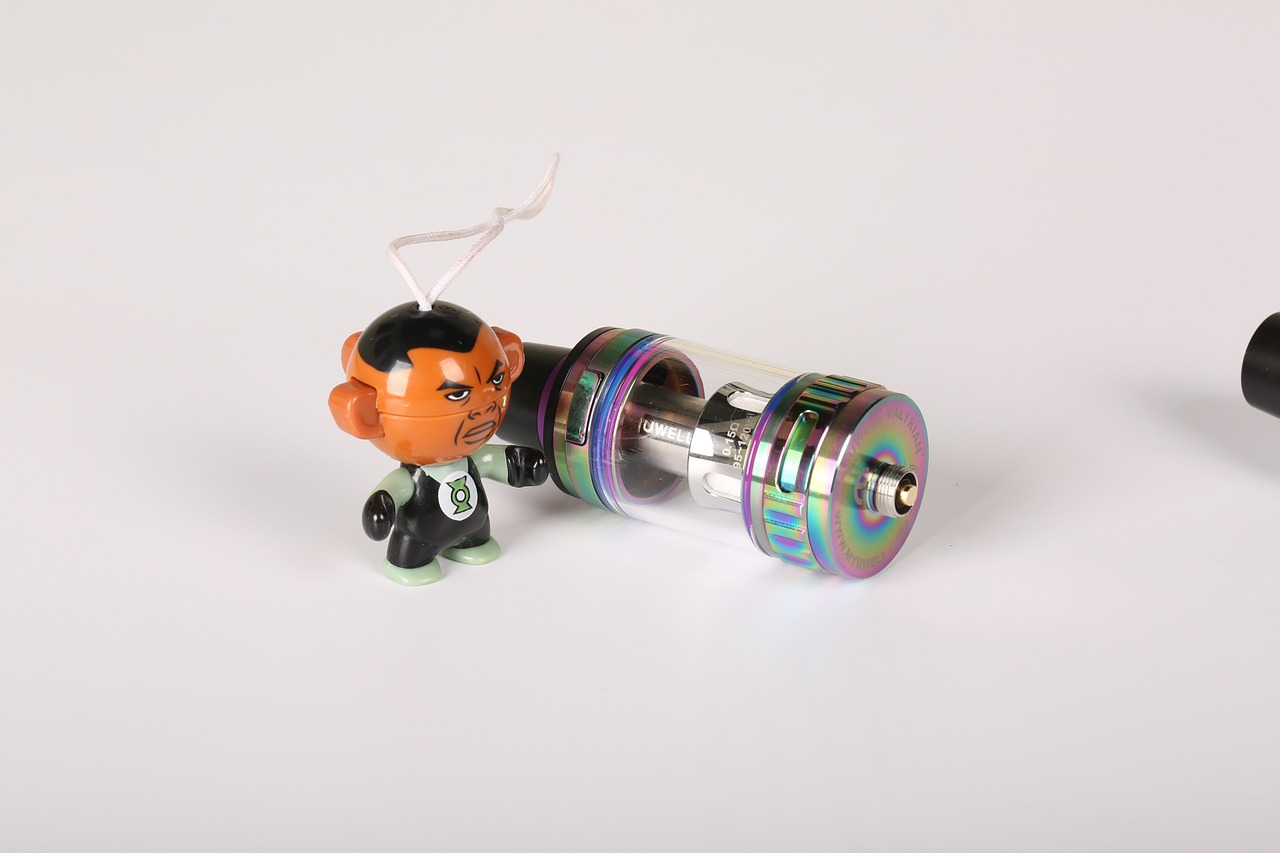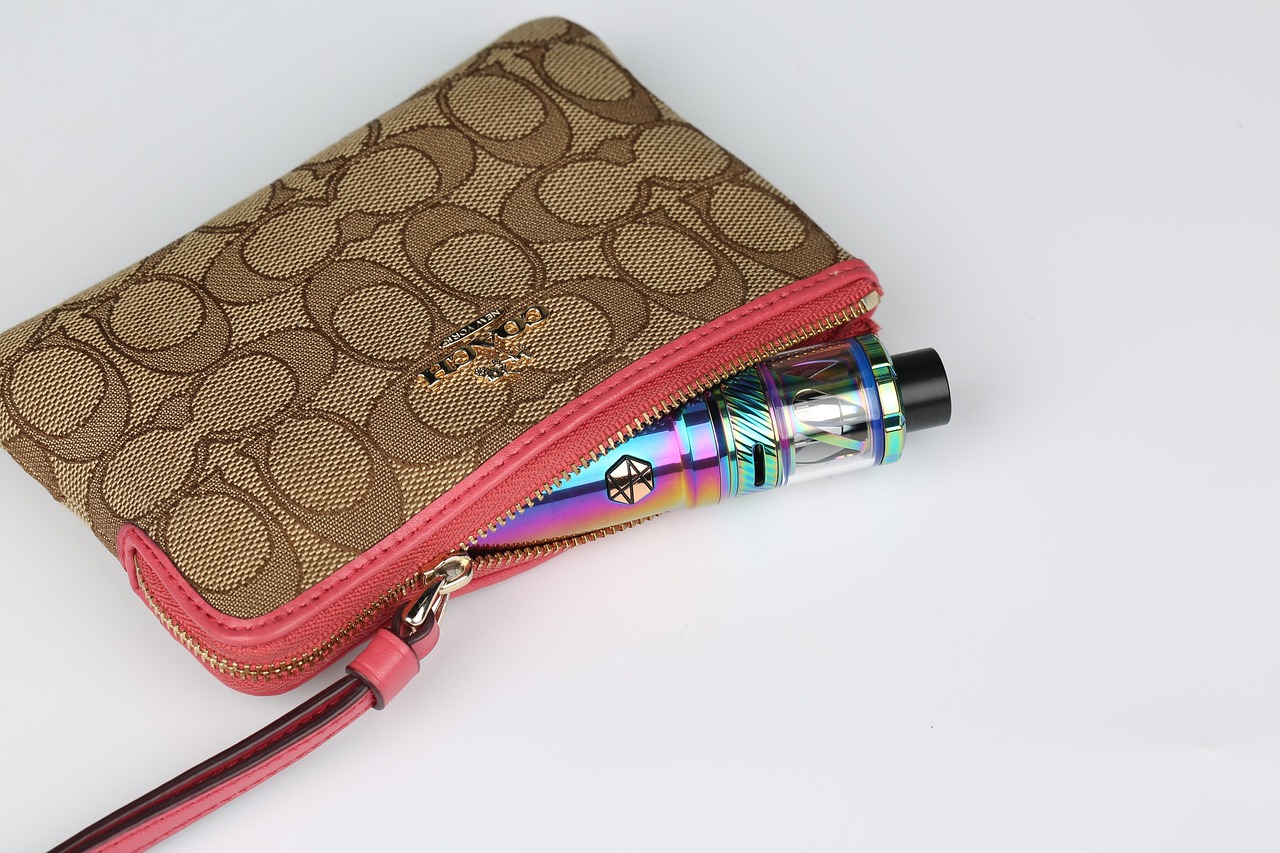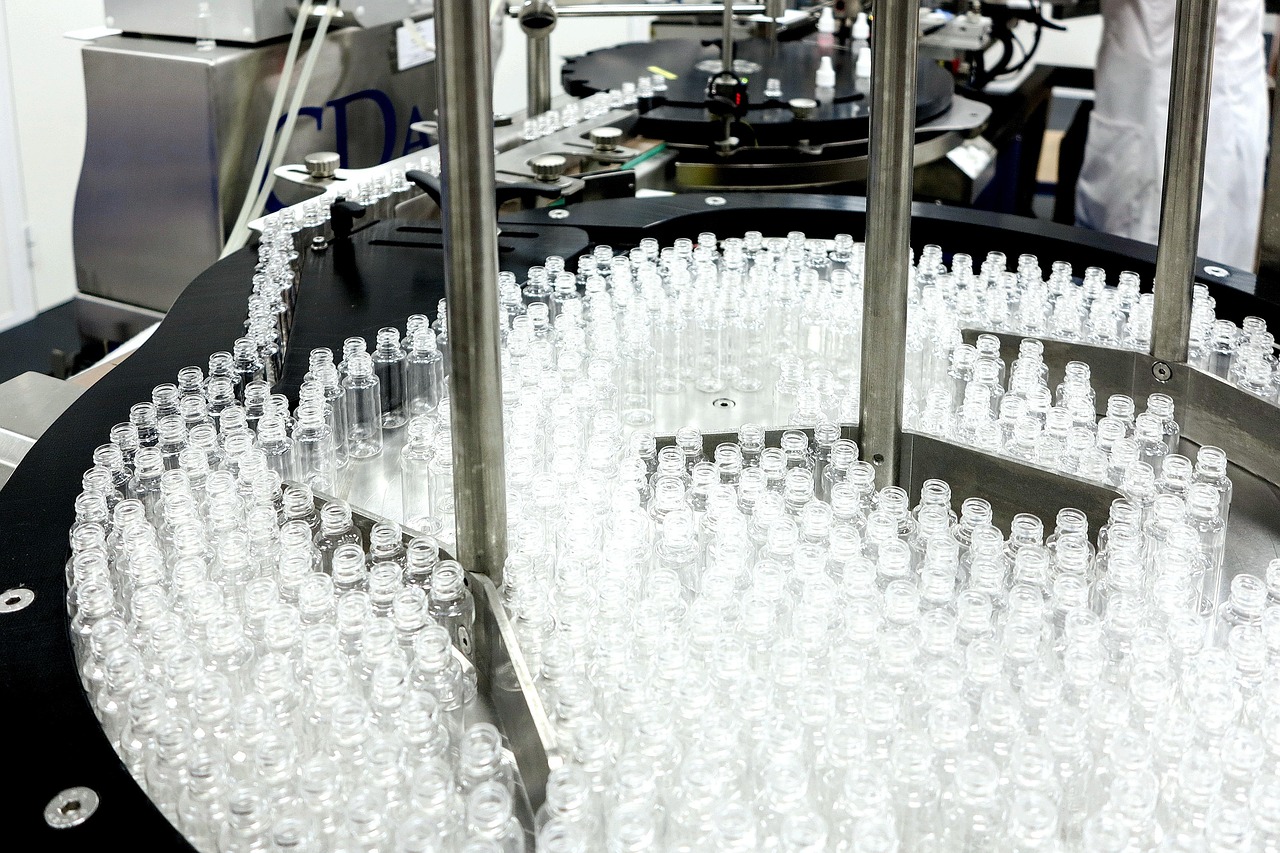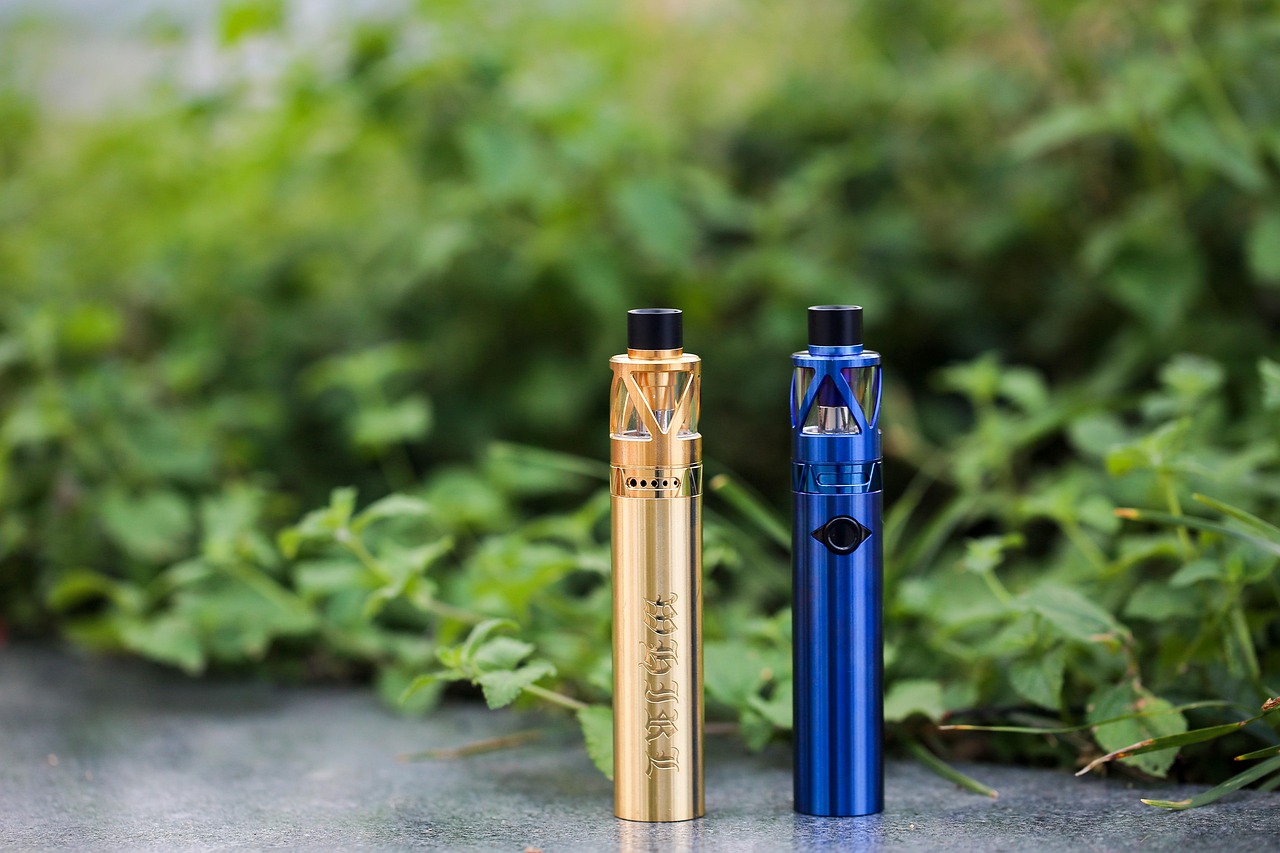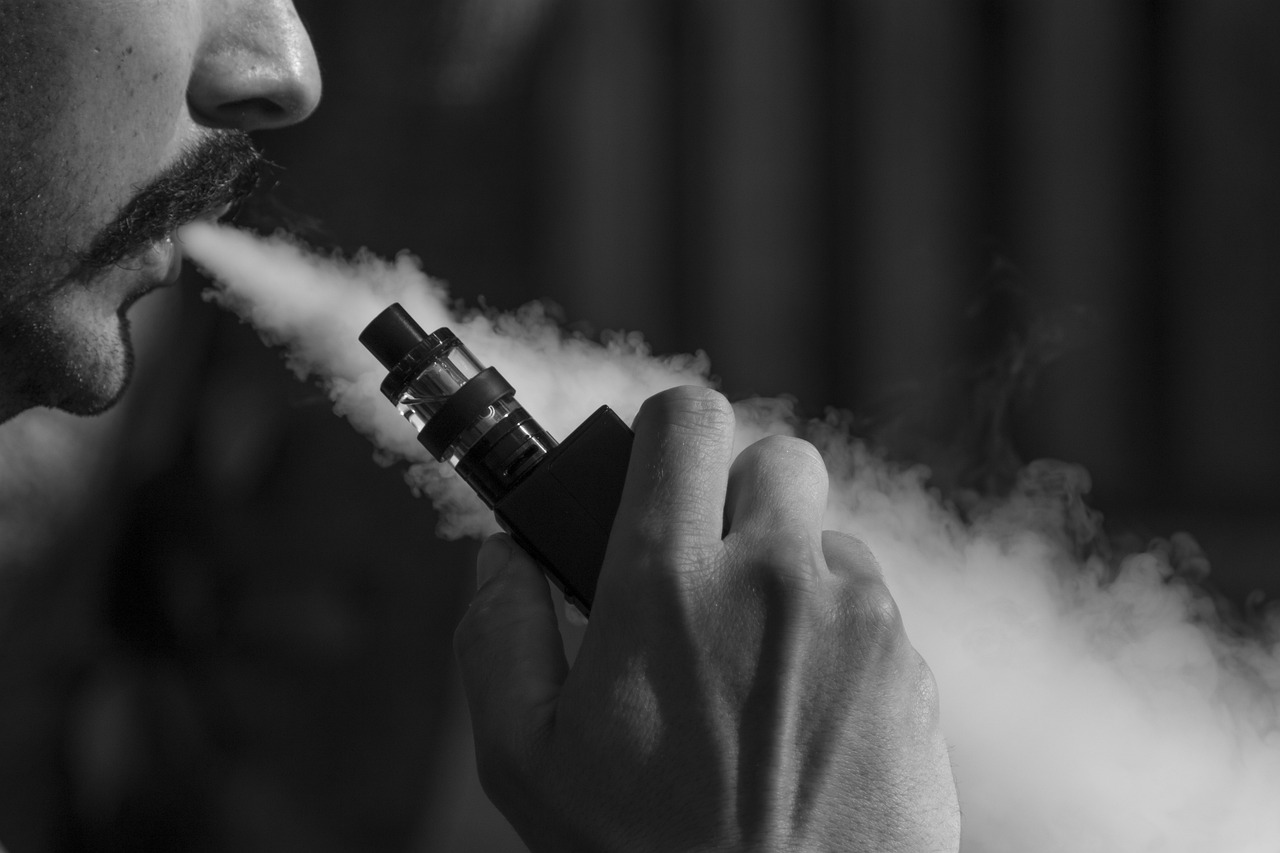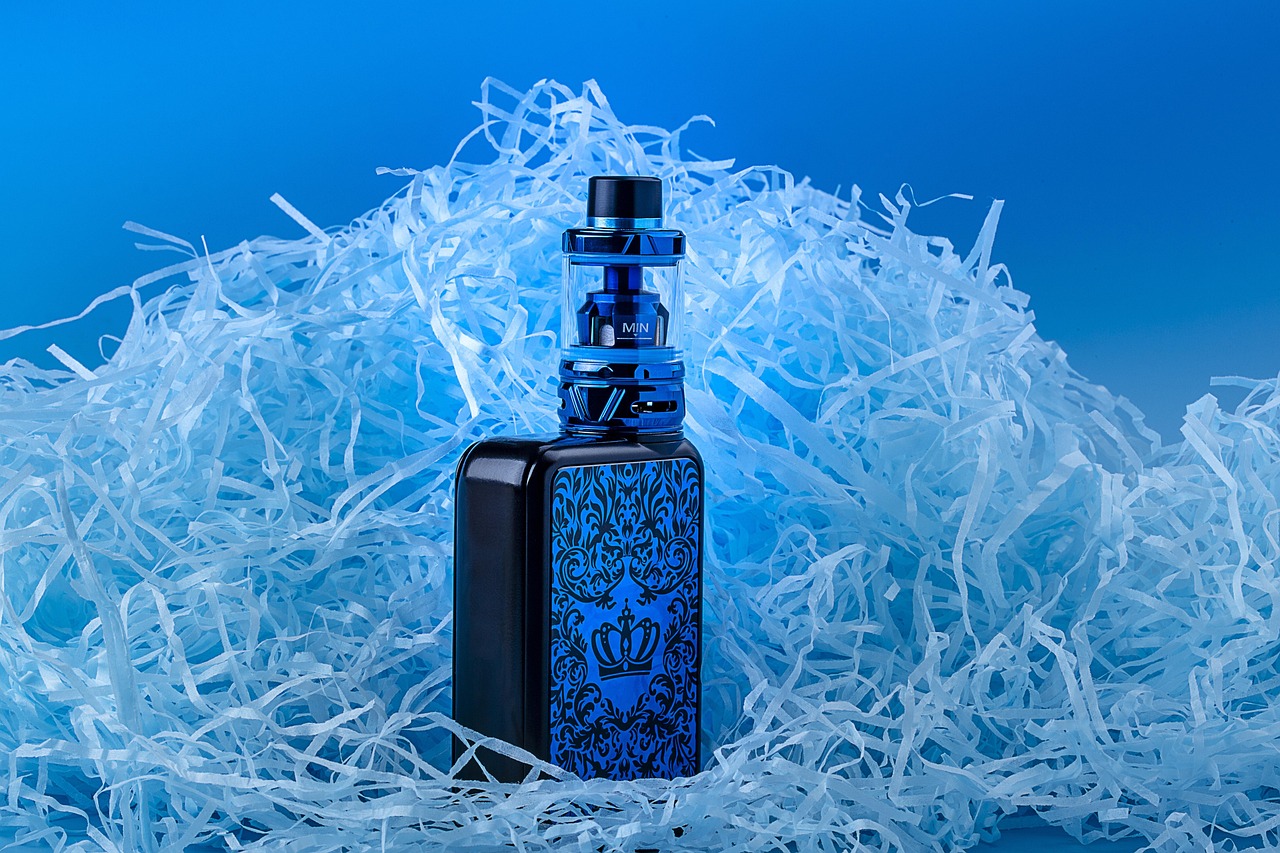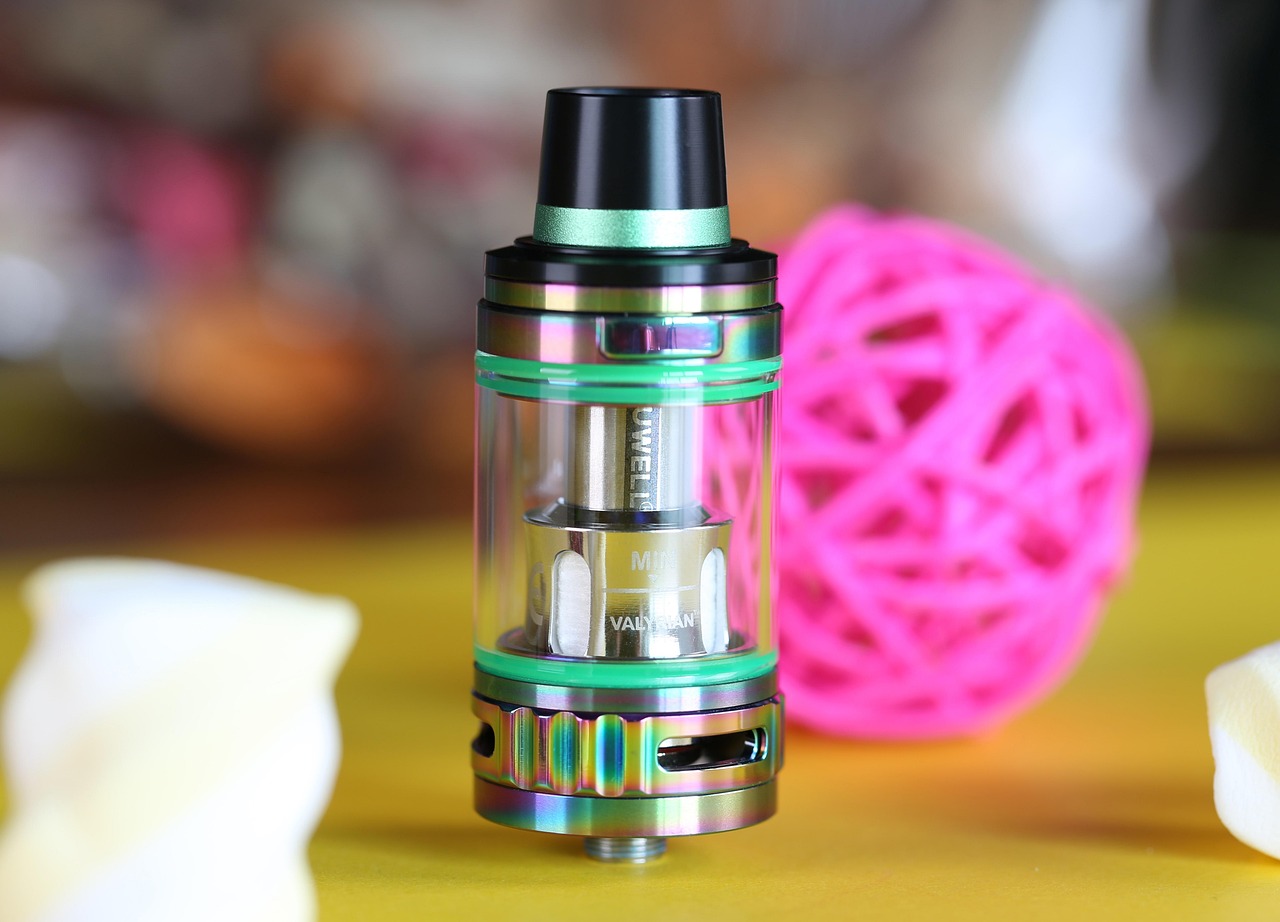This article delves into the ongoing battle between traditional tobacco companies and independent vape brands, examining the market dynamics, consumer preferences, and the impact of regulations in the vaping industry. As the vaping landscape evolves, understanding these factors becomes crucial for consumers and stakeholders alike.
What Are the Key Differences Between Big Tobacco and Independent Vape Brands?
Big tobacco companies typically operate on a large scale, focusing on mass production and established distribution channels. In contrast, independent vape brands often emphasize innovation and quality, targeting niche markets with unique products. These differences in business models not only affect pricing but also influence customer loyalty and brand perception.
How Has the Vaping Market Evolved Over the Years?
Since its inception, the vaping market has witnessed remarkable transformations. Initially seen as a smoking cessation tool, vaping has grown into a multi-billion dollar industry driven by technological advancements and changing consumer attitudes. The introduction of advanced devices and a variety of flavors has attracted a diverse demographic, reshaping the competitive landscape.
What Role Do Regulations Play in the Vaping Industry?
Regulations significantly impact both big tobacco and independent brands. Governments worldwide are implementing stricter laws regarding advertising, product safety, and age restrictions. These regulations can limit market access for independent brands while providing established companies with the resources to navigate compliance more effectively.
Who Are the Major Players in the Vaping Market?
The vaping market features a mix of major players, including traditional tobacco giants like Philip Morris and British American Tobacco, alongside innovative independent brands such as JUUL and Vaporesso. Understanding these players helps consumers make informed decisions based on brand reputation and product offerings.
What Are the Consumer Preferences in Vaping Products?
Consumer preferences are shifting towards more personalized vaping experiences. Factors such as flavor variety, nicotine levels, and device types play a significant role in shaping purchasing decisions. Independent brands are often quicker to adapt to these preferences, capturing market share from traditional tobacco companies.
How Do Marketing Strategies Differ Between Big Tobacco and Independent Brands?
Marketing strategies vary widely between big tobacco and independent vape brands. While big tobacco relies on established marketing channels and brand recognition, independent brands often utilize social media and influencer partnerships to reach younger audiences. This adaptability allows independent brands to resonate with consumers seeking authenticity.
What Are the Health Implications of Vaping Compared to Smoking?
Health implications remain a contentious topic in the vaping debate. Research suggests that vaping may present fewer health risks compared to traditional smoking, yet concerns about long-term effects persist. Consumers must weigh the potential benefits against the risks when choosing between vaping and smoking.
How Are Independent Vape Brands Innovating in Product Development?
Innovation is at the core of independent vape brands’ strategies. They are constantly developing new flavors, device technologies, and user-friendly features to enhance the vaping experience. This focus on innovation not only differentiates them from traditional tobacco offerings but also caters to evolving consumer demands.
What Future Trends Are Expected in the Vaping Industry?
Looking ahead, several trends are anticipated to shape the vaping industry. These include advancements in battery technology, the rise of smart vaping devices, and potential regulatory changes that could either hinder or promote growth. Staying informed about these trends will be essential for consumers and businesses alike.

What Are the Key Differences Between Big Tobacco and Independent Vape Brands?
The vaping industry has become a significant player in the market, presenting consumers with a myriad of choices. Understanding the key differences between Big Tobacco and Independent Vape Brands is essential for consumers looking to navigate this complex landscape. This section delves into the contrasting business models, product offerings, and target demographics of these two entities.
At the heart of the vaping market lies a stark contrast between traditional tobacco companies and independent vape brands. These differences can significantly influence consumer choices.
- Business Models: Big Tobacco relies on established distribution networks and large-scale production facilities, allowing them to produce products at lower costs. In contrast, independent brands often focus on niche markets, emphasizing quality and unique offerings over mass production.
- Product Offerings: While Big Tobacco typically offers a limited range of flavors and products, independent brands excel in variety. They frequently introduce innovative flavors and customizable options, catering to a diverse consumer base.
- Target Demographics: Big Tobacco primarily targets long-time smokers transitioning to vaping. Independent brands, however, often appeal to younger consumers and those seeking alternatives to traditional smoking, positioning themselves as lifestyle brands.
Understanding these distinctions is crucial for consumers. It allows them to make informed choices based on their preferences and values. For instance, individuals concerned about health implications may gravitate towards independent brands that prioritize quality and transparency in their ingredients.
Moreover, the marketing strategies employed by these two groups further highlight their differences. Big Tobacco often utilizes traditional advertising methods, while independent brands leverage social media and influencer partnerships to reach their audience. This approach not only engages consumers but also fosters a sense of community around vaping.
As consumers become more educated about the vaping industry, their preferences may shift. Many now seek brands that align with their values, such as sustainability and ethical production practices. Independent brands are often more agile in adapting to these trends, making them increasingly appealing to a socially conscious demographic.
In addition to their marketing strategies, the regulatory landscape also plays a significant role in shaping the dynamics between Big Tobacco and independent vape brands. Regulations can impose restrictions on advertising, flavor offerings, and product formulations, impacting how each entity operates within the market.
Ultimately, the differences between Big Tobacco and independent vape brands create a diverse marketplace, allowing consumers to choose products that best suit their needs and preferences. With a better understanding of these distinctions, consumers can navigate the vaping market more effectively, making choices that resonate with their lifestyle and values.
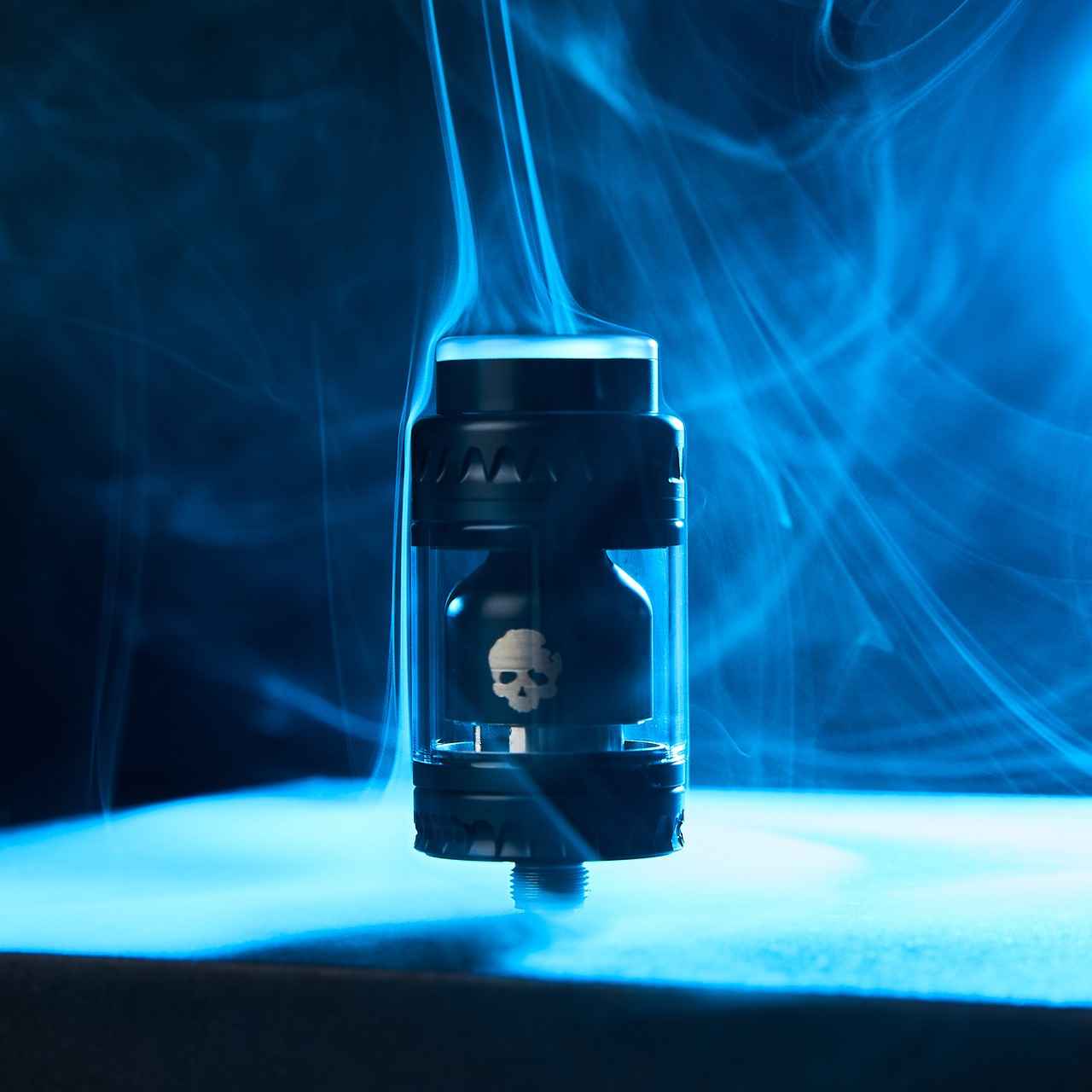
How Has the Vaping Market Evolved Over the Years?
The vaping market has experienced a remarkable evolution since its emergence in the early 2000s. Initially introduced as a less harmful alternative to traditional smoking, it has grown into a complex industry shaped by technological advancements, regulatory frameworks, and changing consumer perceptions. This transformation has not only affected the products available but has also influenced the competitive landscape between major tobacco companies and independent vape brands.
One of the most significant factors in the evolution of the vaping market has been rapid technological innovation. Early e-cigarettes were relatively simple devices, but advancements in battery technology, vaping hardware, and e-liquid formulations have revolutionized the user experience. Today, consumers can choose from a wide range of sophisticated devices, including pod systems and advanced mods, which offer customizable features like adjustable wattage and temperature control.
The regulatory landscape surrounding vaping has also undergone significant shifts. Governments worldwide have implemented various regulations aimed at controlling the sale and marketing of vaping products. These regulations often focus on age restrictions, flavor bans, and advertising limitations. Such changes have posed challenges for both big tobacco and independent brands, forcing them to adapt their strategies to remain compliant while still appealing to consumers.
Consumer attitudes toward smoking and vaping have evolved considerably over the years. Initially, many smokers viewed vaping as a viable alternative to traditional cigarettes. However, as awareness of potential health risks associated with vaping has increased, some consumers have become more cautious. Despite this, a significant segment of the population continues to embrace vaping for its perceived benefits, such as reduced odor and the ability to customize flavors.
As the vaping market has matured, the competition between big tobacco companies and independent vape brands has intensified. Traditional tobacco firms have begun to invest heavily in vaping products, often leveraging their extensive distribution networks and marketing resources. In contrast, independent brands are carving out niches by focusing on quality, unique flavors, and innovative product designs. This rivalry has led to a more diverse marketplace, offering consumers a wider range of options.
Understanding consumer preferences is crucial for brands looking to succeed in the vaping market. Research indicates that consumers are increasingly drawn to products that offer a variety of flavors and nicotine levels. Independent brands often excel in this area, providing creative and diverse flavor profiles that appeal to a broad audience. Additionally, the demand for higher-quality ingredients and transparency in product sourcing has become a priority for many consumers.
Looking ahead, several trends are expected to shape the future of the vaping industry. Technological advancements will likely continue to drive innovation, with a focus on creating more efficient devices and safer e-liquids. Furthermore, as regulations evolve, brands will need to stay agile to adapt to new compliance requirements. The ongoing battle between big tobacco and independent brands will also shape market dynamics, influencing consumer choices and product offerings.
In conclusion, the vaping market has come a long way since its inception. Driven by technological innovations, regulatory changes, and shifting consumer attitudes, it has transformed into a multifaceted industry. As both big tobacco and independent brands continue to navigate this landscape, understanding these dynamics will be essential for consumers seeking to make informed choices.

What Role Do Regulations Play in the Vaping Industry?
The vaping industry has witnessed rapid growth and significant shifts, largely influenced by regulatory frameworks that govern both traditional tobacco companies and independent vape brands. Understanding the role of these regulations is crucial for stakeholders, including manufacturers, consumers, and policymakers.
Regulations impose strict guidelines on product formulation, requiring companies to comply with safety standards and ingredient disclosures. For big tobacco companies, this often means investing heavily in research and development to create products that meet regulatory requirements while maintaining consumer appeal. Conversely, independent vape brands may find it challenging to navigate these regulations due to limited resources, yet they often leverage their agility to innovate rapidly. This results in unique product offerings that can cater to niche markets.
Marketing strategies in the vaping industry are heavily influenced by regulations that restrict advertising methods and target demographics. Big tobacco companies, with their extensive marketing budgets, often struggle to adapt to these limitations. In contrast, independent vape brands utilize digital marketing and social media platforms to reach younger audiences, capitalizing on their ability to engage directly with consumers. This differentiation allows independent brands to foster a loyal customer base, even in a heavily regulated environment.
Sales channels for vaping products are also subject to regulation, impacting how products are distributed and sold. Many regions have implemented age restrictions and licensing requirements for retailers, which can hinder access for independent brands. However, these regulations can also create opportunities for online sales and direct-to-consumer models, enabling smaller brands to thrive despite the challenges posed by traditional retail environments.
As regulations continue to evolve, both big tobacco and independent vape brands must stay ahead of the curve. Anticipated changes may include stricter advertising guidelines and more comprehensive health warnings. These shifts will likely require companies to adapt their strategies, potentially leading to increased collaboration within the industry to advocate for balanced regulations that protect public health while allowing for innovation and competition.
Consumer perceptions of vaping products are also influenced by regulations. Increased awareness of health risks associated with vaping has led to a more informed customer base that is increasingly concerned about product safety and regulation compliance. This shift in consumer sentiment can drive demand for brands that prioritize transparency and adhere to regulatory standards, giving independent brands an edge if they can effectively communicate their commitment to quality and safety.
In conclusion, regulations play a pivotal role in shaping the landscape of the vaping industry. By impacting product development, marketing strategies, and sales channels, they create both challenges and opportunities for big tobacco and independent vape brands alike. As the industry continues to evolve, staying informed and adaptable will be essential for all players involved.

Who Are the Major Players in the Vaping Market?
The vaping industry has rapidly evolved, becoming a significant player in the broader tobacco market. Understanding the key players in this sector is essential for grasping the dynamics of competition and consumer preferences.
Identifying the major players in the vaping industry reveals a complex landscape dominated by both big tobacco companies and independent brands. Each segment brings unique strengths and strategies to the market.
- Big Tobacco Companies: Established giants like Philip Morris International, British American Tobacco, and Imperial Brands have made substantial investments in vaping technology. These companies leverage their extensive distribution networks and brand recognition to capture market share.
- Independent Vape Brands: Smaller companies such as Juul Labs, VaporFi, and GeekVape focus on innovation and niche marketing. They often cater to specific consumer preferences, offering a wide range of flavors and customizable devices that appeal to younger audiences.
The competition between these two groups is fierce, with big tobacco companies often acquiring independent brands to diversify their product offerings. This trend has led to a blending of traditional tobacco practices with modern vaping techniques, creating a unique market environment.
Market competition is driven by several key factors:
- Product Innovation: Independent brands are known for their rapid innovation cycles, introducing new flavors and devices that resonate with consumers. In contrast, big tobacco companies are increasingly focusing on developing their own vaping products to compete.
- Marketing Strategies: Big tobacco companies utilize their established marketing channels and budgets to promote their vaping products, while independent brands often rely on social media and grassroots marketing to build a loyal customer base.
- Consumer Preferences: As consumer preferences shift towards healthier alternatives, both segments are adapting their product lines. Independent brands tend to focus on flavor variety and customizable options, while big tobacco companies emphasize reduced-risk products.
Regulatory frameworks play a crucial role in shaping the strategies of both big tobacco and independent brands. Compliance with local laws regarding marketing, product safety, and age restrictions can significantly influence market dynamics.
- Big Tobacco: These companies often have the resources to navigate complex regulatory environments, allowing them to maintain a competitive edge.
- Independent Brands: Smaller companies may face challenges in compliance due to limited resources, but they can also benefit from being more agile in adapting to new regulations.
As regulations continue to evolve, both big tobacco and independent brands must remain vigilant in adjusting their strategies to stay compliant while appealing to consumers.
For consumers, understanding the key players in the vaping market can inform their choices. With big tobacco companies often focusing on established brands and independent brands offering innovative products, consumers have a wide array of options to consider.
- Quality and Safety: Consumers should be aware of the differences in product quality and safety standards between big tobacco and independent brands. Researching the brand’s reputation and product reviews can aid in making informed decisions.
- Flavor and Experience: Independent brands typically offer a broader range of flavors and customizable experiences, appealing to those looking for variety.
Ultimately, the competition between big tobacco and independent vape brands shapes the vaping landscape, influencing product availability and consumer choices. By staying informed about these key players, consumers can make choices that align with their preferences and values.

What Are the Consumer Preferences in Vaping Products?
The vaping industry has experienced a remarkable transformation in recent years, largely driven by changing consumer preferences. Understanding these preferences, especially in terms of flavor choices, nicotine levels, and device types, is crucial to grasp how independent brands are successfully capturing market share from traditional tobacco companies.
Flavor variety is a significant factor influencing consumer choice in vaping products. Unlike traditional tobacco products, which primarily offer a single flavor profile, independent vape brands have embraced a diverse array of flavors. These can range from fruity and dessert flavors to menthol and candy options. Research indicates that consumers, especially younger demographics, are increasingly drawn to these innovative flavors, which can make vaping more appealing compared to smoking traditional cigarettes.
Another critical aspect of consumer preference is the nicotine level in vaping products. Many independent brands offer a range of nicotine concentrations, catering to both those seeking a strong hit and those looking to gradually reduce their nicotine intake. This flexibility allows consumers to customize their experience, making vaping a more attractive alternative to smoking. Studies show that consumers often prefer products with lower nicotine levels, as they align with a growing trend toward health-conscious choices.
The types of devices available also play a significant role in consumer preferences. Independent brands often provide a variety of devices, from pod systems to box mods, each designed to meet different user needs and preferences. Pod systems are particularly popular among new users due to their ease of use and portability. In contrast, more experienced vapers may prefer box mods for their customizable features and higher vapor production. This diversity in device offerings allows independent brands to appeal to a broader audience, further challenging traditional tobacco companies.
Independent vape brands are adept at leveraging these consumer preferences to gain a competitive edge. By focusing on innovative flavors, customizable nicotine levels, and diverse device options, they can create products that resonate with a wide range of consumers. This strategy not only attracts new users but also fosters brand loyalty among existing customers who appreciate the tailored experience.
Moreover, social media plays a pivotal role in shaping consumer preferences. Independent brands often utilize platforms like Instagram and TikTok to engage with their audience, showcasing their unique flavors and products. This direct interaction helps build a community around the brand, making consumers feel more connected and invested in their choices. As a result, independent brands can effectively capture market share from traditional tobacco companies, which may not have the same level of engagement with younger consumers.
In summary, understanding consumer preferences in the vaping market reveals significant insights into how independent brands are effectively challenging traditional tobacco companies. By focusing on flavor variety, customizable nicotine levels, and diverse device types, these brands are not only appealing to a wider audience but also reshaping the landscape of the vaping industry. As consumer preferences continue to evolve, it will be interesting to see how both independent and traditional brands adapt to meet these changing demands.

How Do Marketing Strategies Differ Between Big Tobacco and Independent Brands?
The marketing strategies employed by big tobacco companies and independent vape brands reveal a fascinating dichotomy in how these entities approach consumer engagement, brand loyalty, and market adaptation. While both sectors aim to capture a share of the lucrative vaping market, their methods and messages differ significantly, reflecting their unique brand identities and target demographics.
Big tobacco companies typically leverage their established brand recognition and extensive resources to dominate the market. They often utilize traditional advertising channels like television, radio, and print media, which resonate with a broader audience. Their marketing campaigns frequently emphasize trust and reliability, aiming to reassure consumers about the safety and quality of their products.
- Brand Heritage: Big tobacco brands often highlight their long-standing history in the industry to build credibility.
- Target Demographics: They primarily target adult smokers looking for alternatives, positioning vaping as a less harmful option.
- Regulatory Navigation: These companies have the resources to effectively navigate complex regulations, allowing them to maintain a strong market presence.
In contrast, independent vape brands often adopt a more innovative and personalized marketing approach. They prioritize direct engagement with consumers through social media platforms, influencer partnerships, and community events. This allows them to create a sense of community and connection with their audience.
- Product Diversity: Independent brands frequently offer a wider range of flavors and customizable options, appealing to niche markets.
- Target Audience: Their marketing often targets younger, health-conscious consumers who may be more skeptical of traditional tobacco.
- Transparency: Many independent brands emphasize transparency in their production processes and ingredient sourcing, building trust among consumers.
Both big tobacco and independent vape brands must adapt to rapidly changing market conditions. Big tobacco companies are increasingly investing in research and development to create innovative vaping products, while independent brands are agile, often quick to respond to consumer feedback and trends.
| Strategy Aspect | Big Tobacco | Independent Vape Brands |
|---|---|---|
| Marketing Channels | Traditional media | Social media and influencer marketing |
| Consumer Engagement | Brand heritage and trust | Community-focused and interactive |
| Product Offerings | Limited flavors, focused on traditional | Diverse flavors and customization |
| Regulatory Compliance | Strong legal teams | Adaptable and transparent |
In summary, the marketing strategies of big tobacco and independent vape brands illustrate a broader narrative in the vaping industry. While big tobacco relies on its established reputation and vast resources, independent brands thrive on innovation and consumer connection. As the market continues to evolve, both sectors will need to remain vigilant and adaptable to sustain their relevance and appeal.
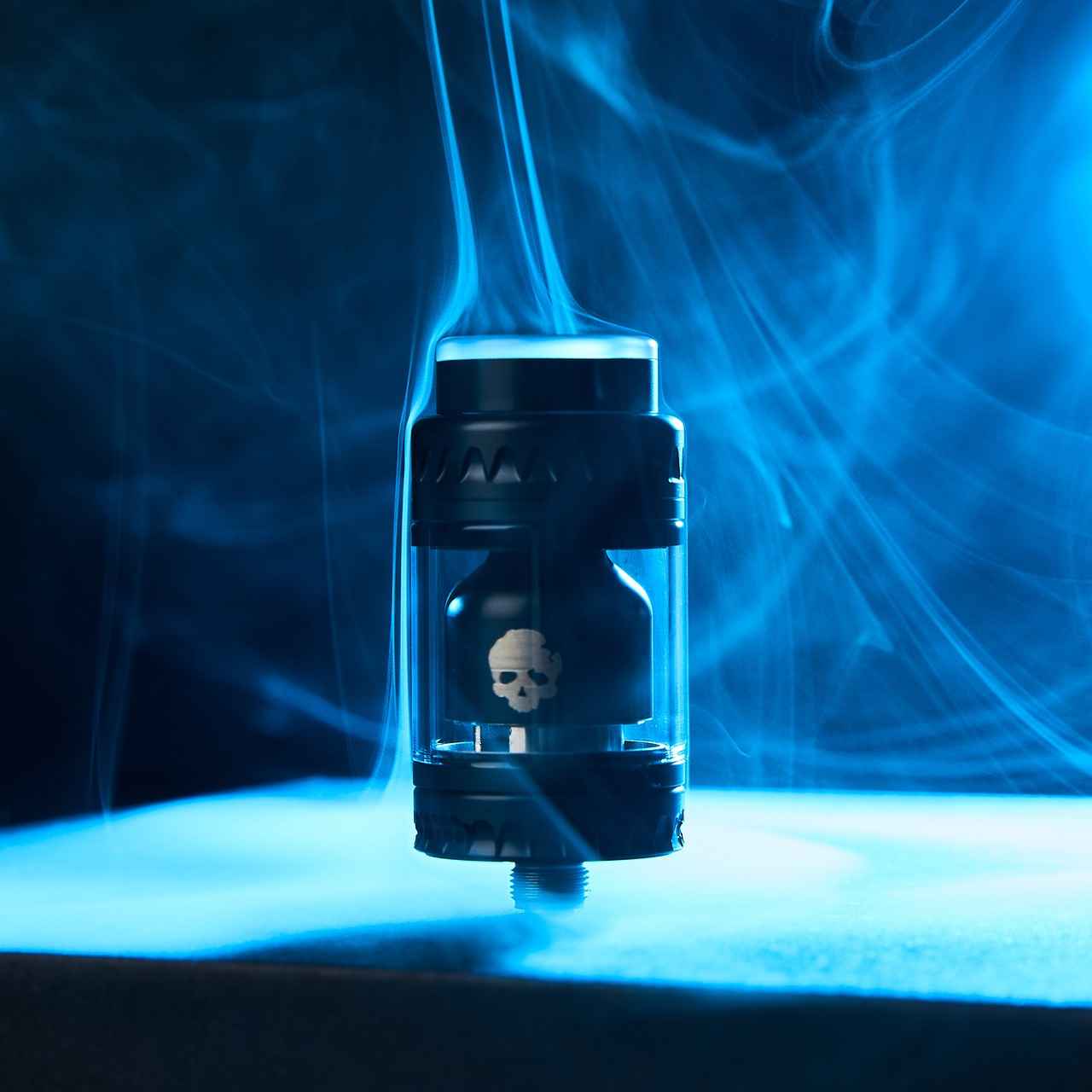
What Are the Health Implications of Vaping Compared to Smoking?
In recent years, the debate surrounding the health implications of vaping versus traditional smoking has gained significant attention. As consumers navigate their choices, understanding the potential risks and benefits associated with each option is crucial. This article delves into various aspects of vaping and smoking, providing a comprehensive analysis to help inform consumer decisions.
Traditional smoking is well-known for its severe health implications. The combustion of tobacco produces a myriad of harmful chemicals, including tar and carbon monoxide, which can lead to:
- Respiratory diseases such as chronic obstructive pulmonary disease (COPD) and emphysema.
- Cardiovascular issues including heart disease and stroke.
- Cancer, particularly lung cancer, but also cancers of the mouth, throat, and bladder.
These risks are well-documented and contribute to the overall negative perception of smoking.
Vaping, often marketed as a safer alternative, involves inhaling vaporized liquid, typically containing nicotine, flavorings, and other chemicals. While vaping is not without risks, studies suggest that it may pose fewer health hazards than traditional smoking. Key points of comparison include:
- Reduced exposure to harmful chemicals: Vaping generally produces fewer toxic substances compared to the smoke from burning tobacco.
- Less respiratory irritation: Many vapers report fewer respiratory issues than traditional smokers.
- Potential for harm reduction: Some health organizations consider vaping a potential tool for smoking cessation.
While vaping may offer a less harmful alternative, the long-term health effects are still largely unknown. Ongoing research indicates potential concerns, including:
- Nicotine addiction: Vaping products often contain nicotine, which can lead to dependency.
- Respiratory issues: Some studies suggest that vaping can still cause lung inflammation and other respiratory problems.
- Cardiovascular risks: Emerging evidence points to potential cardiovascular effects from vaping.
When making a choice, consumers should weigh their options carefully. Considerations include:
- Personal health history: Individuals with pre-existing health conditions should consult healthcare professionals when considering vaping.
- Social factors: The social acceptance of vaping versus smoking can influence personal choices.
- Regulatory environment: Understanding local regulations on vaping can impact availability and use.
To make informed decisions, consumers should:
- Research: Stay updated on the latest studies and findings regarding vaping and smoking.
- Seek expert advice: Consulting healthcare professionals can provide personalized guidance.
- Consider alternatives: Explore cessation programs if looking to quit smoking entirely.
In summary, while vaping may present a less harmful option compared to traditional smoking, it is essential for consumers to remain informed about the ongoing research and potential health implications. Understanding these factors can empower individuals to make choices that align with their health goals.

How Are Independent Vape Brands Innovating in Product Development?
In the rapidly evolving landscape of the vaping industry, independent vape brands are carving out a niche by prioritizing innovation in product development. This focus on creativity and uniqueness sets them apart from traditional tobacco companies, which often rely on established products and marketing strategies. As consumer preferences shift towards more diverse and personalized experiences, independent brands are responding with an array of novel offerings that cater to these evolving demands.
One of the most notable innovations among independent vape brands is the introduction of customizable vaping devices. Unlike the standard models typically offered by big tobacco companies, these devices allow users to adjust settings such as wattage and temperature, enhancing their overall vaping experience. This level of personalization not only appeals to tech-savvy consumers but also fosters a deeper connection between the user and the product.
Furthermore, independent brands are leading the charge in flavor innovation. While traditional tobacco products primarily focus on a limited range of flavors, independent vape brands offer an extensive palette, from fruity and dessert-inspired options to unique blends that cater to niche markets. This variety enables consumers to explore different tastes and find products that resonate with their individual preferences. For instance, some brands have developed flavors that mimic popular candies or beverages, making vaping more appealing to a broader audience.
The use of high-quality ingredients is another area where independent vape brands excel. Many of these companies prioritize using natural and organic components, which can enhance the overall flavor and reduce the presence of harmful additives. This commitment to quality not only attracts health-conscious consumers but also sets a higher standard for the industry as a whole.
Moreover, independent brands are increasingly focusing on sustainability. Many are exploring eco-friendly packaging and sourcing practices, which resonate with environmentally conscious consumers. By minimizing their environmental impact, these brands not only contribute positively to the planet but also differentiate themselves in a market where sustainability is becoming a significant purchasing factor.
In terms of technological advancements, independent vape brands are at the forefront of integrating smart technology into their products. Features like Bluetooth connectivity and app compatibility allow users to track their usage, customize settings, and even receive notifications about their vaping habits. This tech-savvy approach appeals to a younger demographic that values connectivity and innovation.
Furthermore, independent brands often utilize community feedback to guide their product development. By engaging with their customer base through social media platforms and forums, these companies can quickly adapt to consumer preferences and trends. This responsiveness not only fosters brand loyalty but also cultivates a sense of community among users who feel their voices are heard.
Additionally, independent vape brands are becoming known for their creative marketing strategies. Unlike traditional tobacco companies, which may rely on conventional advertising methods, independent brands often leverage social media influencers and grassroots campaigns to reach their target audiences. This approach not only enhances their visibility but also builds a more authentic connection with consumers.
As the vaping market continues to grow, the emphasis on innovation by independent brands positions them as formidable competitors to big tobacco. By focusing on unique product offerings, high-quality ingredients, and sustainable practices, these brands are not only meeting but exceeding consumer expectations. The future of vaping appears bright, with independent brands leading the way in creativity and innovation.

What Future Trends Are Expected in the Vaping Industry?
The vaping industry is on the cusp of significant transformation as it navigates through a landscape marked by rapid technological advancements, evolving regulations, and changing consumer preferences. Understanding these trends is crucial for both consumers and industry stakeholders.
As we look forward, several key trends are anticipated to shape the vaping industry:
- Technological Advancements: Innovations in vaping technology are expected to enhance user experience. From smart devices that track usage patterns to advanced battery technologies that prolong device life, the focus on user-friendly features will likely drive consumer interest. Additionally, the development of customizable options allows users to tailor their vaping experience.
- Regulatory Changes: Governments around the world are tightening regulations on vaping products. This includes stricter guidelines on marketing, flavor bans, and age restrictions. Compliance with these regulations will be crucial for both big tobacco companies and independent brands. Companies that adapt quickly to these changes will have a competitive edge in the market.
- Shifts in Consumer Behavior: As consumers become more health-conscious, there is a growing demand for safer and cleaner alternatives to traditional tobacco products. This trend is pushing independent brands to innovate and provide products that align with the preferences of health-aware consumers. Moreover, the rise of eco-consciousness is leading to increased interest in sustainable vaping options.
- Flavor Innovations: Flavor continues to be a major driver of consumer choice in the vaping market. As regulations around flavoring evolve, brands that can offer unique and appealing flavors while complying with laws will likely thrive. The incorporation of natural ingredients and organic flavorings is expected to resonate well with consumers seeking healthier alternatives.
- Increased Focus on Education: As misinformation about vaping persists, both big tobacco and independent brands are recognizing the importance of educating consumers. Providing transparent information about product ingredients, health implications, and usage guidelines will build trust and credibility in the market.
- Market Consolidation: The competitive landscape of the vaping industry may lead to increased mergers and acquisitions. Larger companies may seek to acquire successful independent brands to diversify their offerings and capture market share. This trend could reshape the dynamics between big tobacco and independent players.
As these trends unfold, the vaping industry will continue to evolve. Stakeholders must remain agile and responsive to these changes to meet consumer demands and regulatory requirements. The future of vaping promises to be dynamic, with opportunities for innovation and growth for those who embrace these shifts.
Frequently Asked Questions
- What is the primary difference between big tobacco companies and independent vape brands?
Big tobacco companies often focus on traditional nicotine products and have extensive marketing budgets, while independent vape brands prioritize innovation, unique flavors, and a more personalized consumer experience.
- How has consumer preference shifted in the vaping market?
Consumers are increasingly leaning towards independent vape brands due to their diverse flavor options, customizable nicotine levels, and modern devices, which offer a more tailored vaping experience compared to traditional tobacco products.
- What impact do regulations have on vaping products?
Regulations can dictate everything from product ingredients to marketing strategies. Both big tobacco and independent brands must navigate these rules, which can affect their ability to innovate and reach consumers effectively.
- Who are the major players in the vaping industry?
The vaping industry features a mix of established big tobacco companies like Philip Morris and newer independent brands like JUUL and Vaporesso, each vying for market share in a rapidly evolving landscape.
- What health implications should consumers consider when choosing between vaping and smoking?
While vaping is often marketed as a less harmful alternative to smoking, it’s essential to be aware of the potential risks associated with both. Consulting health professionals and staying informed about ongoing research can help consumers make better choices.


